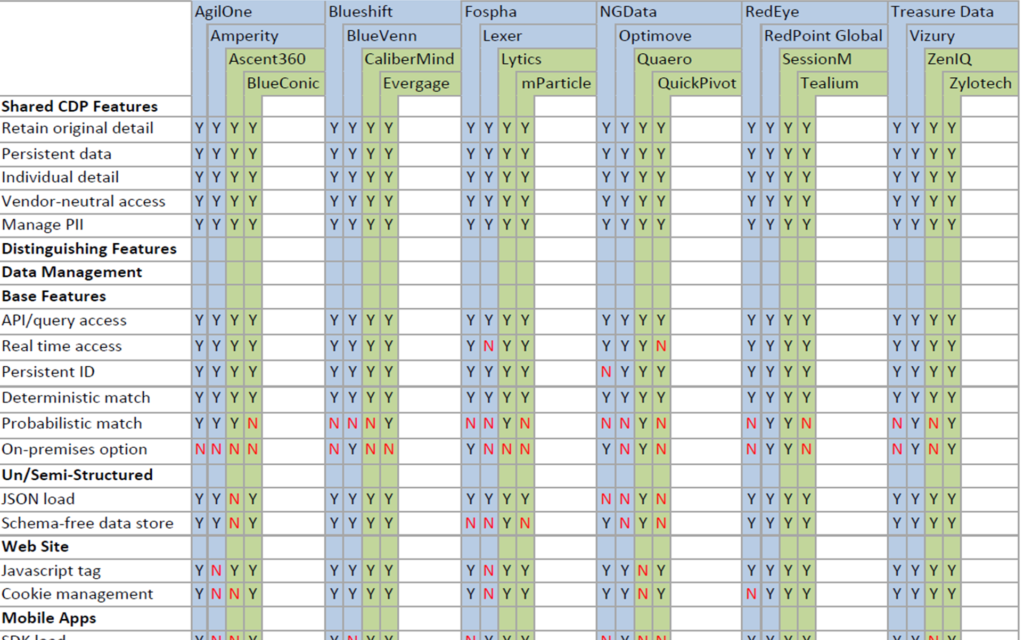With Data Ownership Comes Data Responsibility
March 6, 2018The ability to access, manipulate and use customer data for marketing purposes is a key goal for organizations, yet hard to achieve. A BlueVenn report from 2017 found that nearly 60% of marketers believes their company does not invest enough into tools or platforms to manage and analyze customer data. Another found just over a quarter (27%) still rely on the IT department for their customer data and analysis. It’s part of the reason (what with ‘marketer owned’ being a core principle) why Customer Data Platforms are seen as such a desirable solution to these problems.
Marketing teams want to iteratively analyze customer data and put it into action to create targeted, relevant campaigns. More importantly, they want to be able to do this in the space of hours – not wait days for their requests to be processed by someone else. A CDP can meet these needs.
Assuming that ownership of the Single Customer View schema is included as part of the CDP (as opposed to having to hand the IP for its creation back once a contract ends or an organization decides to move to another vendor), it can also make such a database a tangible business asset.
However, there is something else that is arguably much more serious to consider, and that is whether a ‘marketer owned’ database also means ‘marketer responsible’.
There are risks that come with the handling and processing of customer data, and strict policies for ensuring the privacy, security and governance of it. If marketers have total access to customer data, this also means they are exposed to the significant perils associated with this ownership.
The trouble is, some still early on their path as a data-driven marketer can be ill prepared for this responsibility. First, the risks of legal infringements can lead to costly punitive action from data protection regulators. Second, the misuse of personal data can cause significant damage to customer relationships and company reputation.
Coincidentally, this is a similar topic covered recently by David Raab in his Customer Experience Matrix blog. He noted that the impending General Data Protection Regulation (GDPR) could potentially be both good and bad for CDPs.
On the plus side, accurately linked ‘golden records’ mitigate some of the problems with establishing consent to marketing, and ensuring that communications do not get sent where they are not supposed to go.
The downside, as Raab points out, is that “greater corporate interest in customer data means that marketers will not be left to manage it on their own.”
This, in my opinion, is not necessarily a bad thing. Marketers can achieve great things with modeling, analyzing and putting customer data to action – even with a safety net of governance that keeps sensitive information off limits.
If you think this somewhat goes against the spirit of a ‘marketer owned’ database, wouldn’t it be better if this data were ‘marketer built’ and ‘marketing prepared’? They say that power is nothing without control, and I think that a data layer of usable, permissible data for marketing that is fit for purpose should be the answer.
When looking at Customer Data Platforms, you may want to investigate solutions with the appropriate safeguards that mitigate the data ownership risks. For example, with a Single Customer View process that adheres to internal and industry data management policies and requirements, with a time-stamped audit trail that provides full visibility of all actions, queries, errors and results that can be traced back to source if required.
While it’s great to have the power to use data, and clearly not enough marketers have it, it’s equally vital that there is a level of control. That means having the safeguards to ensure this customer data is used respectfully and responsibly.


